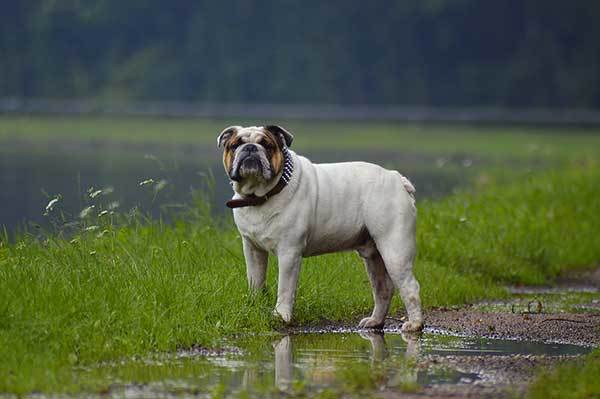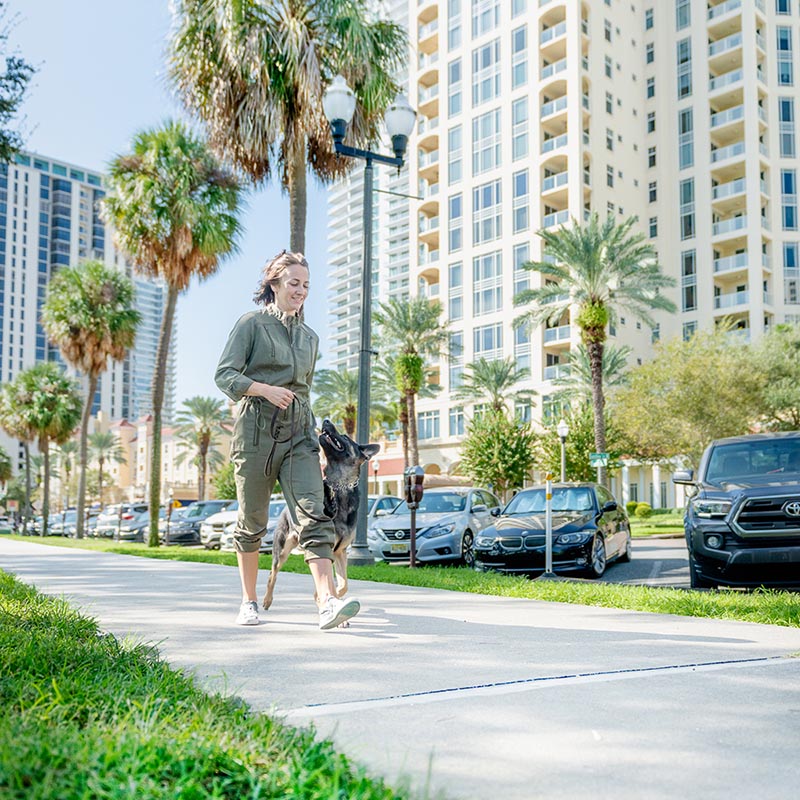A common question we get is, “When can I trust my dog alone or off-leash?” This question can have many different answers, depending on your individual dog and situation, but here are some guidelines and tips for knowing whether your dog is ready to take that step.
Freedom vs. structure
We all share similar goals for our pup or young dog. To be free to roam the house or trusted to come when off-leash. Sometimes, people’s guilt of having their pup in a crate too long will force them to give the puppy too much freedom that wasn’t earned and set the dog up to fail. Unsupervised freedom can create bad habits such as chewing furniture, potty accidents that leave scents on carpets/floors, and a curious puppy creating unwanted jobs by trial and error. We want to avoid these scenarios by having structure through baby gates, crates, and supervised playtimes.
When will I trust my dog to be alone?
Teach healthy alone time by putting the dog behind a baby gate and giving interactive toys. Note how long your dog engages with the toy. Same when giving outside time. If the dog gets bored after five minutes and starts barking, digging, and scratching at the door, you need to teach them how to be content outdoors before trusting them alone. I compare it to when your child is ready to stay home or go to the mall alone. Every child and DOG is different! The best test is through their actions as you evaluate their growth and maturity. If you can not shower without worrying, I wouldn’t suggest a trip to the grocery store.
When will I trust my dog to be off-leash?
The same rules apply when determining the level of control you have when your dog is off-leash or without training tools. It is important to note that even a fully trained dog might have great obedience but still be very immature. A squirrel in the distance or the excitement of being free is enough for their immaturity to overpower their sense of compliance at the moment. Training tools are the best way to help bridge maturity through obedience. Some dogs and owners need to rely on them to create consistency in the rules and boundaries. Don’t pressure a timeline or set your dog up to fail by giving them too much freedom and all the power to decide if they will respond to a command, especially when distractions are involved.
Here at the Doghouse, we teach off-leash obedience using an electronic collar. This assures that you have that accountability and peace of mind even if your dog is immature or highly driven.
Be patient as you build trust as a team. Your excitable, curious young dog will mature into the companion your family desires. The art of doing nothing is a craft that we all perfect and even start to enjoy as we age!



